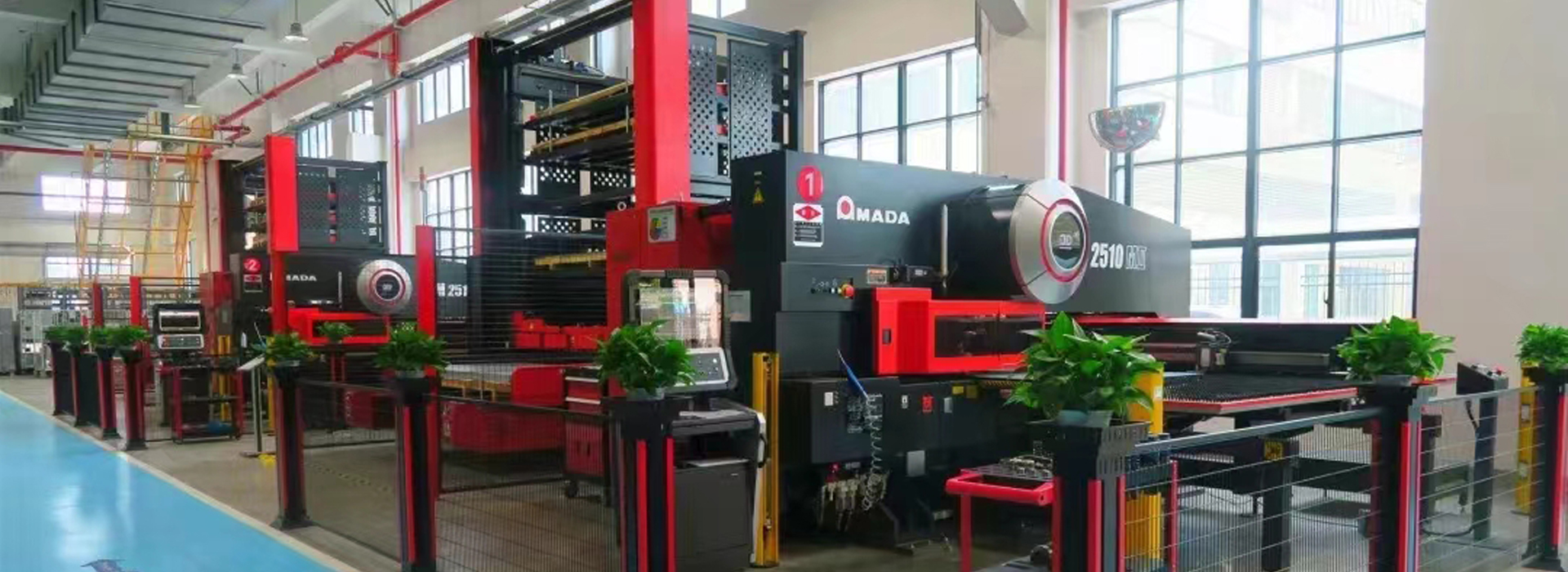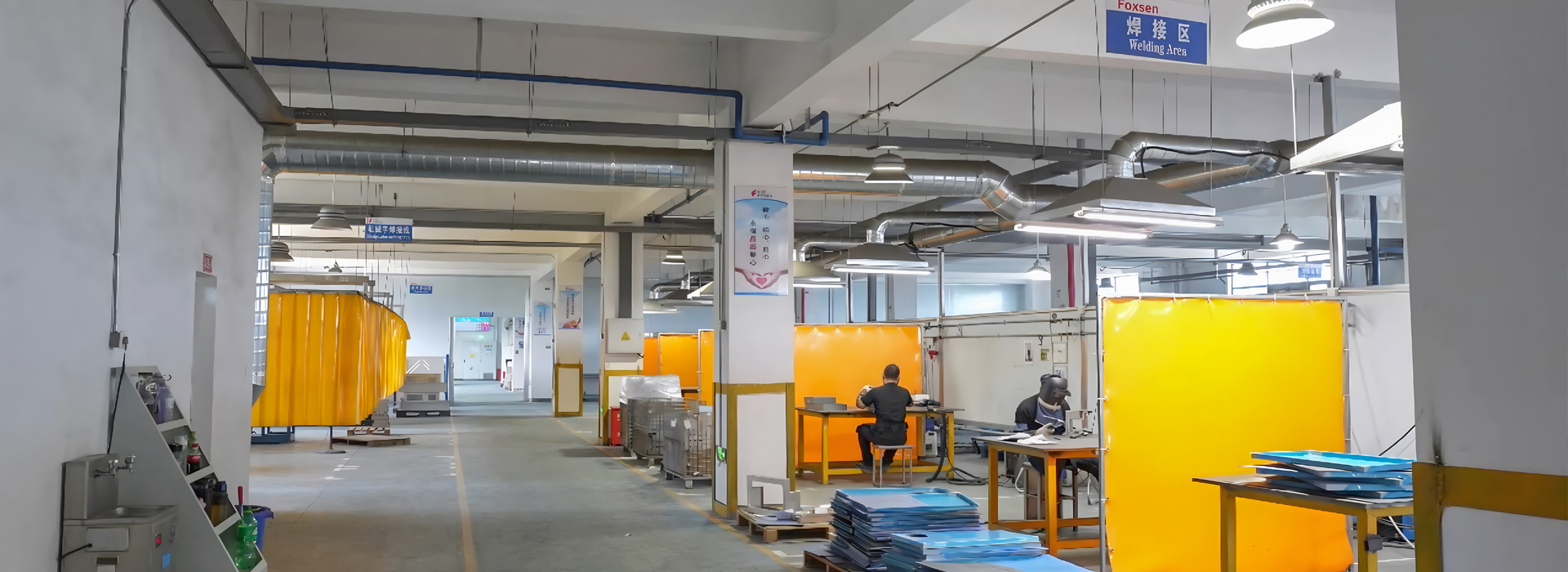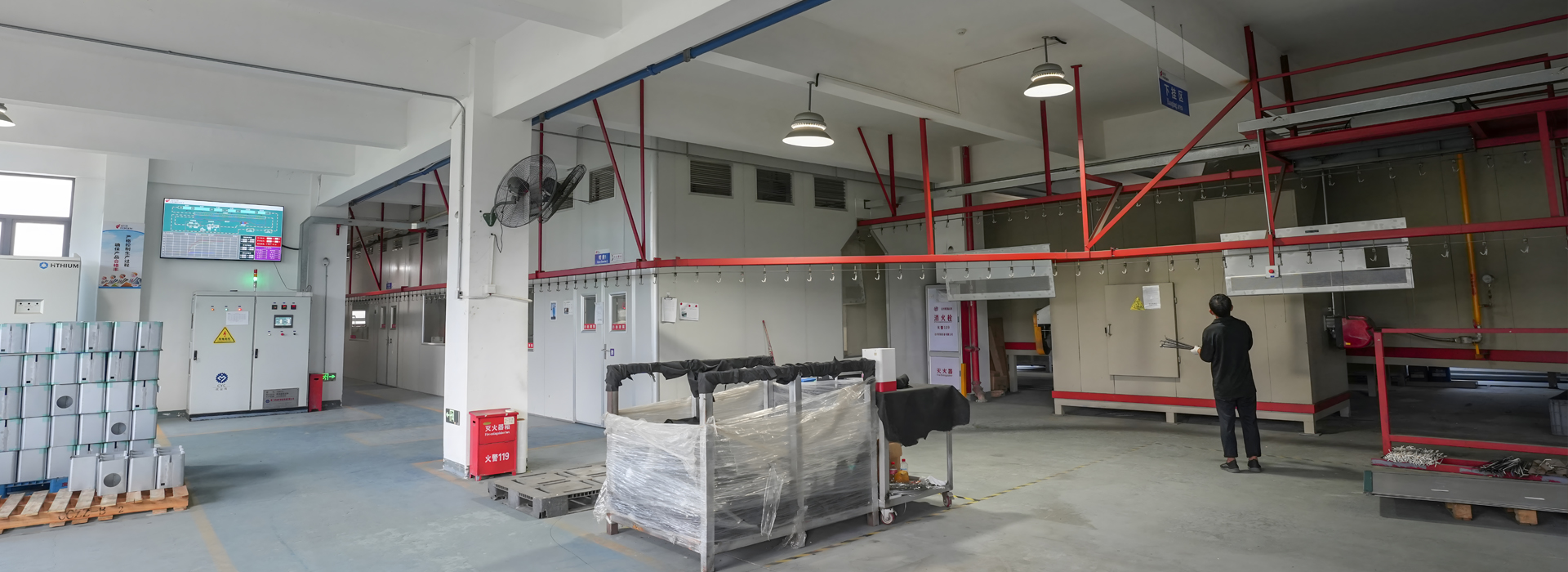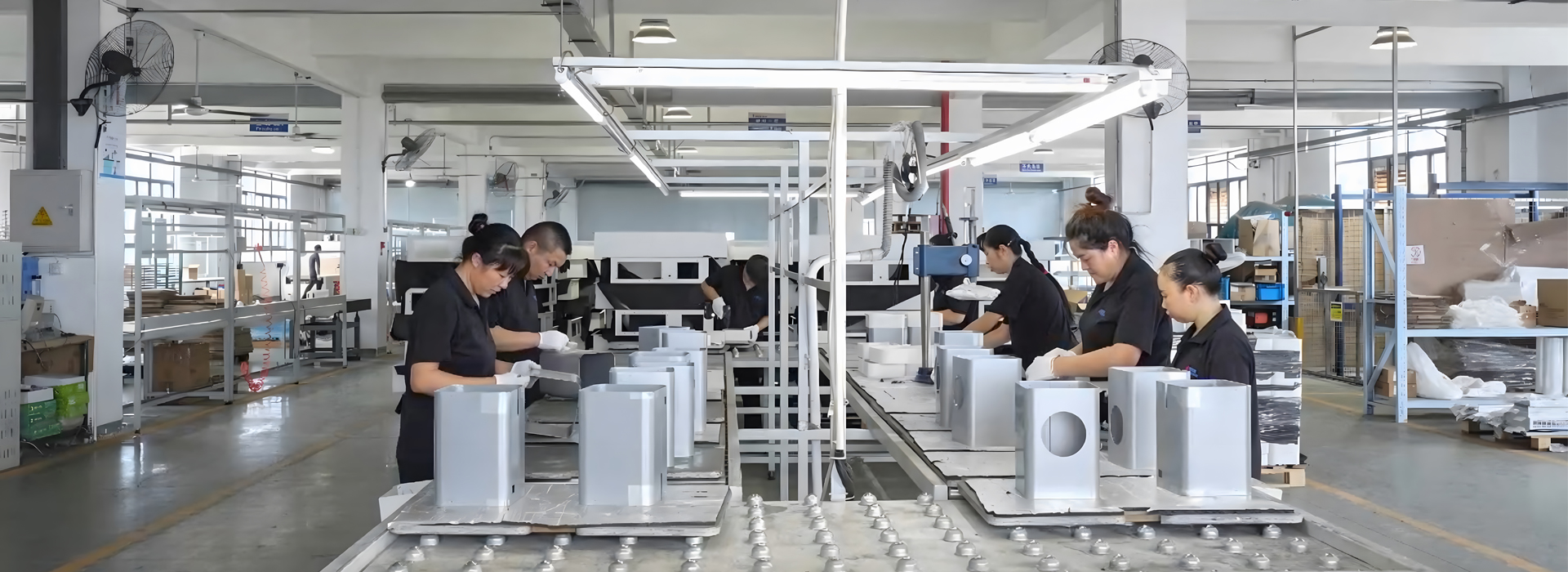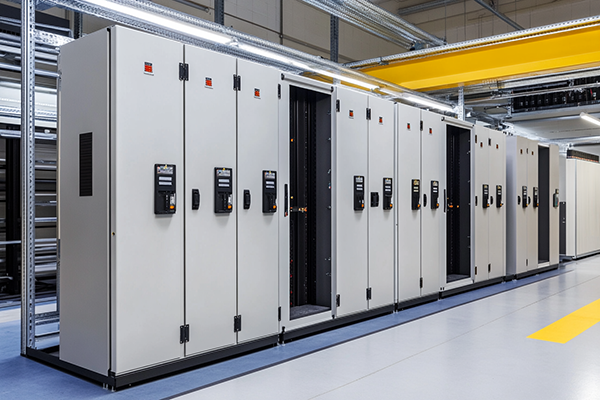
Have you ever had trouble finding the right cabinet for tools or supplies? Choosing good storage isn’t just helpful—it keeps your things safe and lasting longer. That’s why picking a strong sheet metal steel cabinet matters. These cabinets are tough, don’t rust easily, and work well in hard conditions. Whether you need one for inside or outside, the right cabinet can make a big difference.
Tip: Look for cabinets that are durable and made of good materials. Stainless steel or aluminum cabinets don’t rust and can handle bad weather. They are light but strong, so they work for many uses. Their sturdy design protects what’s inside from damage. Trust me, buying the right cabinet now will save you time and money later.
Key Takeaways
Pick strong materials like stainless steel or aluminum for cabinets. These materials don’t rust and last longer, saving money.
Measure your area and think about what you’ll store. Choosing the right cabinet size avoids clutter and fits everything well.
Find cabinets with shelves you can adjust. Adjustable shelves make it easy to organize items of different sizes.
Look for locks to protect valuable things. Locks keep tools and supplies safe from theft or accidents.
Take care of your cabinet to make it last. Clean it often and check for damage to keep it working well.
Understanding Sheet Metal Steel Cabinets
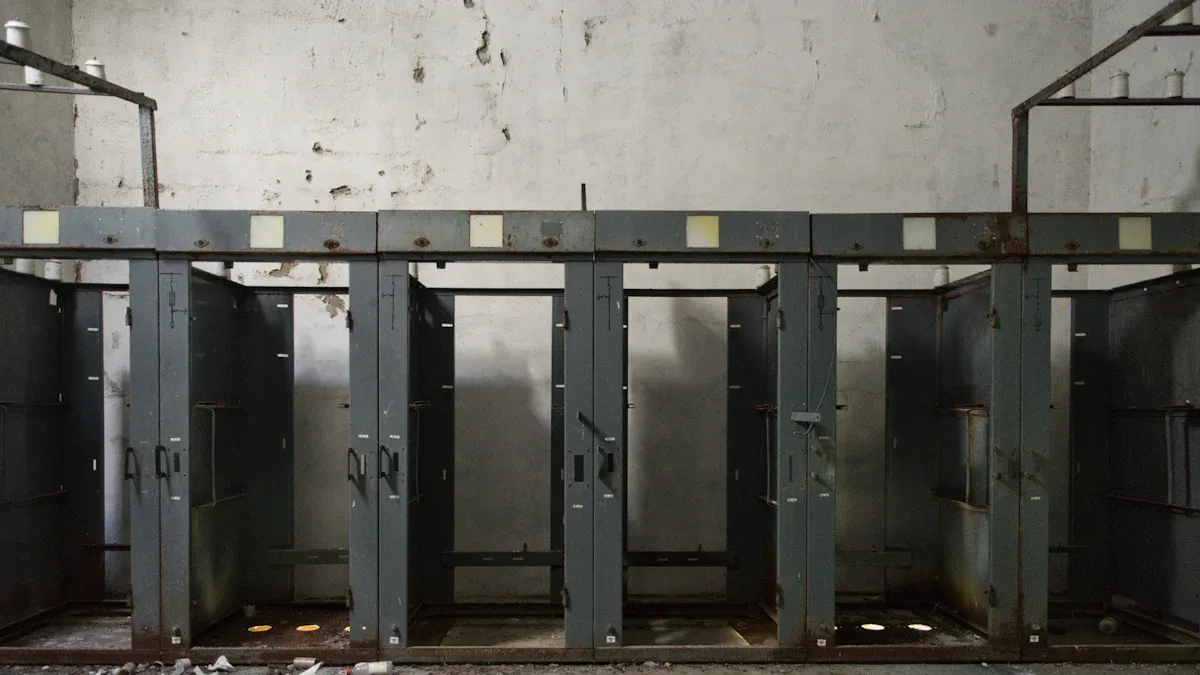
Common Applications of Metal Cabinets
Metal cabinets are used in many places. You might see them at home, in factories, or even hospitals. At home, they help keep tools and supplies neat. Having a set place for items saves time and prevents damage.
In factories, metal cabinets are very useful. They store parts that workers need quickly, cutting down waiting time. Factories also use them to manage inventory. Their divided sections make it easy to count and reorder items.
Here’s how different industries use metal cabinets:
Types of Sheet Metal Steel Cabinets
There’s a cabinet for every need. Some are strong for factories, while others are light and easy to move for small spaces. Powder-coated cabinets are great in places where rust is a problem because they resist corrosion.
Here are some features you’ll often find:
Durability: Strong metals like stainless steel work well for tough jobs.
Weight and Mobility: Aluminum cabinets are light and simple to move.
Corrosion Resistance: Powder-coated cabinets are good for wet or outdoor areas.
Ease of Cleaning: Smooth surfaces are easy to wipe, perfect for hospitals or kitchens.
Security Features: Locks keep important items safe.
Modularity: Adjustable parts let you change the setup as needed.
Ventilation: Holes or panels keep electronics from overheating.
Advantages of Using a Storage Cabinet
A storage cabinet does more than hold stuff—it helps you stay organized. When everything has a spot, it’s faster to find what you need. This keeps your space tidy and easy to use.
Safety is another big plus. Many metal cabinets have locks to keep people out. This is important for dangerous or private items. Cabinets also save money by using space better. New designs, like smart cabinets, make storage even more efficient.
Check out these benefits:
Key Factors to Think About When Picking a Cabinet
Choosing the right sheet metal steel cabinet is important. If you plan ahead, you can avoid problems later. Let’s look at what matters most.
Material Choices and Coatings
The material of a cabinet affects how well it works. Stainless steel is popular in food and healthcare industries. It’s clean, strong, and doesn’t rust. If you work in kitchens or hospitals, pick a cabinet that meets hygiene rules.
For outdoor or damp areas, powder-coated cabinets are great. The coating stops rust and adds protection. It also makes the cabinet look nice. Some industries need cabinets to meet safety standards like NEMA or IP ratings. These ensure the cabinet can handle dust, water, or chemicals.
Pro Tip: Match the cabinet material to where you’ll use it. This helps it last longer.
Size, Space, and Storage Needs
Size is very important. Think about what you’ll store and where it will go. If you skip this step, you might get a cabinet that’s too big or small. Measure your space and think about how much storage you need.
Here’s how size affects your choice:
For offices, think about how much paperwork or supplies you have. In factories, focus on weight limits and if it can hold heavy tools. Planning now avoids problems later.
Strength and Weight Capacity
A strong cabinet is a must. It should handle daily use without breaking. Whether it’s holding heavy tools or staying sturdy in busy areas, strength matters. Look for cabinets made of stainless steel or aluminum. These materials are tough and don’t rust.
Weight capacity is also key. Overloading can damage the cabinet or cause accidents. Check the manufacturer’s weight limit. For heavy items, choose a cabinet with strong shelves and high weight ratings.
Did You Know? The demand for stainless steel cabinets is growing. They’re vital in healthcare and food industries for safety and cleanliness.
By thinking about these factors, you’ll find a cabinet that works well and lasts long. A little planning now saves money and trouble later.
Environmental Suitability: Indoor vs. Outdoor Use
When picking a sheet metal steel cabinet, think about where it will go. Many people forget this and choose cabinets that rust or break too soon. Let’s see how indoor and outdoor spaces affect your choice.
Indoor Use
Indoor cabinets should look nice and work well. They need to fit your space and match the room’s style. For offices, kitchens, or workshops, smooth designs are best.
Here’s what to check for indoor cabinets:
Material: Use stainless steel. It’s strong and easy to clean.
Finish: Powder-coated surfaces look nice and don’t scratch easily.
Ventilation: If storing electronics, vents stop them from overheating.
Noise Reduction: Soft-close doors are great for quiet places like offices.
Tip: Measure your space first. A cabinet that’s too big can feel crowded.
Outdoor Use
Outdoor cabinets deal with harsher conditions. Rain, heat, and cold can damage them. You’ll need one that can handle tough weather.
Here’s what to look for in outdoor cabinets:
Corrosion Resistance: Powder-coated or galvanized steel stops rust.
Weatherproofing: Seals keep water and dirt out.
UV Protection: Some finishes stop fading and cracking in sunlight.
Sturdiness: Strong cabinets resist wind and impacts.
Pro Tip: Live near the ocean? Pick cabinets made for salty air. Regular steel won’t last long there.
Comparing Indoor and Outdoor Cabinets
Here’s a quick comparison:
My Take
For indoor use, focus on style and how it fits your space. For outdoor use, pick something strong and weatherproof. Think about where it will go and what it will face daily. This helps you avoid mistakes and get the best cabinet.
Final Thought: Don’t rush. Match the cabinet to its location. It’ll save you trouble later.
Customization and Features to Look For
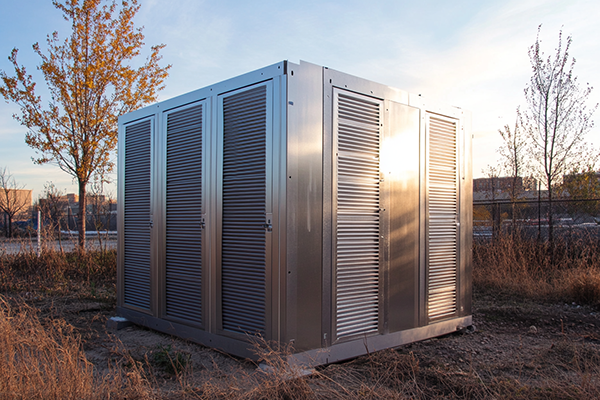
Adjustable Shelving and Storage Configurations
Flexibility is key when organizing your stuff. Adjustable shelves are super helpful because they let you change things as needed. Whether it’s tools, files, or supplies, moving shelves around helps you use space better and stay organized.
Here’s why adjustable shelves are great:
You can change the height to fit big or small items. Need space for tall bottles or heavy tools? Easy!
Modular cabinets let you rearrange sections as your needs change.
Some cabinets even have cool extras like pull-out cutting boards or work surfaces.
For example, I helped a friend set up a workshop cabinet. The adjustable shelves held everything from tiny screws to heavy tools. The strong steel frame kept it sturdy and safe.
If you need storage for classrooms or labs, look for cabinets with shelves that move in 2-inch steps. Some can hold up to 400 pounds, making them perfect for heavy stuff.
Pro Tip: Always check how much weight the shelves can hold. Overloading them can cause accidents or damage.
Security Features: Locks and Mechanisms
Keeping your things safe is important. A cabinet with a lock is a must if you’re storing valuable or dangerous items. Whether it’s tools, papers, or chemicals, a good lock gives you peace of mind.
Here are some lock types:
Keyed Locks: Simple and easy to use.
Combination Locks: No keys needed, just remember the code.
Electronic Locks: High-tech and great for secure places.
Some cabinets have 3-point locks that secure the top, middle, and bottom of the door. This makes it harder for anyone to break in. If you’re sharing the cabinet in a school or office, this feature is very useful.
For extra safety, some cabinets have tamper-proof hinges and stronger doors. These are great for outdoor areas or places where theft is a concern.
Did You Know? Many lockable cabinets look stylish too. They can match your home or office without looking out of place.
Aesthetic Options: Finishes and Colors
Who says storage can’t look nice? Cabinets today come in many colors and finishes to match your space.
Here’s what’s popular:
I’ve seen taupe cabinets become a favorite in kitchen makeovers. This color feels cozy and welcoming, making it a top pick for homes. For a modern vibe, powder-coated finishes are a great choice. They look good and resist scratches and moisture.
For outdoor use, UV-resistant coatings are smart. They stop fading and keep your cabinet looking fresh, even after years in the sun.
My Take: Don’t pick something boring. Choose a cabinet that looks good and works well. A stylish cabinet can make your space more functional and attractive.
Extra Features: Wheels, Handles, and More
Small details can make a big difference! When picking a cabinet, I always check for extras like wheels and handles. These features may seem minor, but they can make your cabinet much easier to use.
Wheels: Easy to Move
Wheels are super helpful. Imagine dragging a heavy cabinet across your room—it’s tough! With wheels, you can roll it wherever you need without much effort.
Why wheels are great:
Simple to Move: Roll the cabinet without straining yourself.
Versatile Use: Shift it between spaces as needed.
Saves Time: No need to empty it just to move it.
I read about a company that saved $94,000 by using cabinets with wheels. They reduced labor costs and worked faster. In busy places, wheels are a must-have.
Tip: Choose cabinets with locking wheels. They stay in place when needed.
Handles: Easy to Grip
Handles might seem small, but they’re very important. Good handles make opening and moving the cabinet simple and comfortable.
What to look for in handles:
Comfortable Design: Easy to hold, even with frequent use.
Strong Material: Stainless steel or tough plastic lasts longer.
Good Placement: Handles on both sides make moving easier.
I once had a cabinet with weak handles that broke quickly. Now, I always check for sturdy ones. It’s a small feature, but it makes a big difference.
Pro Tip: For outdoor cabinets, pick handles that don’t rust.
Other Features to Think About
Wheels and handles are just the start. Many cabinets come with extra features to make them even better.
Cool extras include:
Lights Inside: LED lights help you see what’s inside.
Magnetic Strips: Hold tools or small metal items.
Cord Organizers: Keep wires neat for electronics.
Hooks and Pegs: Hang tools or bags easily.
These extras aren’t for everyone, but they can make your cabinet more useful.
My Opinion
Features like wheels and handles aren’t just nice—they’re necessary. They make your cabinet easier to use and more flexible. Whether for work or home, these extras save time and effort.
Final Thought: Don’t ignore the small stuff. Extras can make a cabinet amazing.
Installation, Maintenance, and Care Tips
Proper Installation Guidelines
Setting up a cabinet the right way is important. Skipping steps can make it wobbly or unsafe. Always place the cabinet on a flat, stable surface. Uneven floors can cause it to tilt or fall. If the floor isn’t even, use leveling feet or shims to fix it.
For tall or heavy cabinets, attach them to the wall. This stops them from tipping over, especially if you have kids or pets. Use the hardware that comes with the cabinet or strong wall anchors. Follow the instructions from the manufacturer carefully. Taking time now avoids problems later.
Tip: Outdoor cabinets need a weatherproof base like concrete or treated wood. This keeps water from damaging the bottom.
Routine Maintenance for Longevity
Taking care of your cabinet is easy and keeps it in good shape. Here’s what I do to maintain mine:
Routine Cleaning: Wipe the cabinet with mild soap and a soft cloth. This stops scratches and keeps it looking nice.
Damage Inspection: Check for rust or damage every few months, especially in damp areas.
Protective Coatings: For outdoor cabinets, add a protective coating yearly. This helps keep it waterproof and weather-resistant.
These simple steps don’t take long but make a big difference. Regular care keeps your cabinet working well and looking great.
Extending the Lifespan of Your Metal Cabinet
Want your cabinet to last longer? Small habits can help a lot. Don’t overload the shelves. Even strong cabinets have weight limits. Spread heavy items evenly across the shelves to avoid damage.
For outdoor cabinets, keep them out of direct sunlight if you can. Sunlight can weaken the finish over time. Use a cover or place the cabinet under shade. Indoors, keep the cabinet away from heat sources like radiators. Heat can warp the material.
Pro Tip: Use shelf liners or mats to protect the inside from scratches or spills. They’re cheap and easy to replace.
By following these tips, your cabinet will last longer. Fixing small issues early prevents bigger problems later.
Choosing the right sheet metal steel cabinet doesn’t have to be overwhelming. Start by figuring out your needs—what will you store, and where will it go? Then, focus on materials and features that match your space and usage. Customization options, like adjustable shelves or locks, can make a huge difference in how useful the cabinet is.
Pro Tip: Don’t skimp on quality. A durable cabinet might cost more upfront, but it’ll save you money in the long run.
Take your time, do some research, and don’t hesitate to ask experts for advice. Investing in the right cabinet now means fewer headaches later!
FAQ
What is the best material for a sheet metal steel cabinet?
I’d say stainless steel is the top choice. It’s durable, rust-resistant, and easy to clean. If you’re using the cabinet outdoors, powder-coated steel works great too. It adds extra protection against weather and corrosion.
How do I know what size cabinet I need?
Start by measuring your space and thinking about what you’ll store. For heavy tools, go for deeper cabinets. If it’s for files or supplies, a smaller one might work. Always leave room for future storage needs.
Can I use a sheet metal cabinet outdoors?
Absolutely! Just make sure it’s weatherproof. Look for powder-coated or galvanized steel to prevent rust. Cabinets with UV-resistant finishes are perfect for sunny areas. If you live near the ocean, choose materials designed for salty air.
Are adjustable shelves worth it?
Yes, 100%! Adjustable shelves let you customize the cabinet for different items. Whether it’s tall bottles or small tools, you can make it fit. Plus, they’re super handy if your storage needs change over time.
How do I maintain my cabinet?
It’s easy! Wipe it down with mild soap and water regularly. Check for rust or damage every few months. For outdoor cabinets, add a protective coating once a year. These small steps keep your cabinet looking great and lasting longer.
Pro Tip: Don’t overload the shelves. Spread heavy items evenly to avoid damage.

